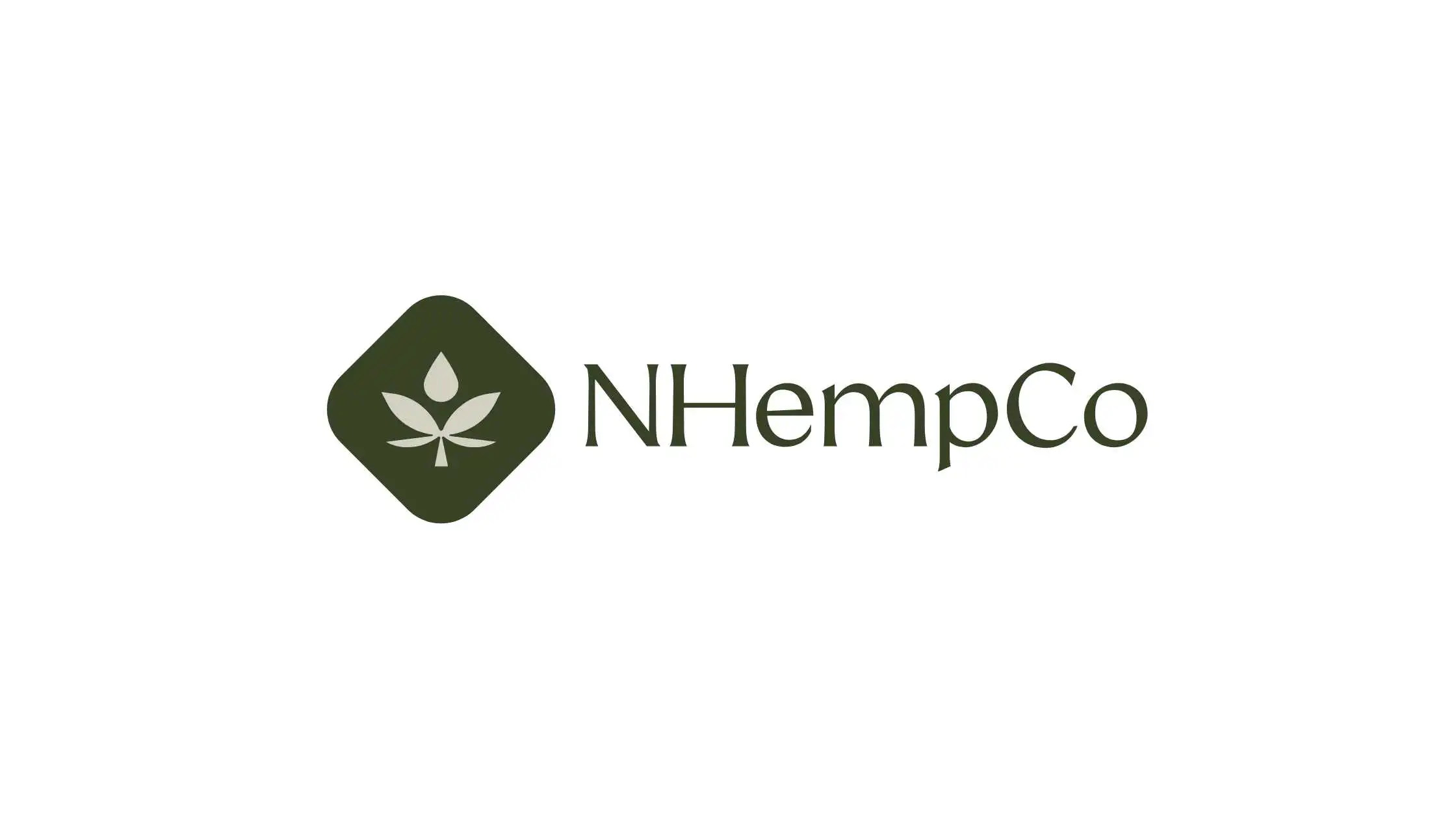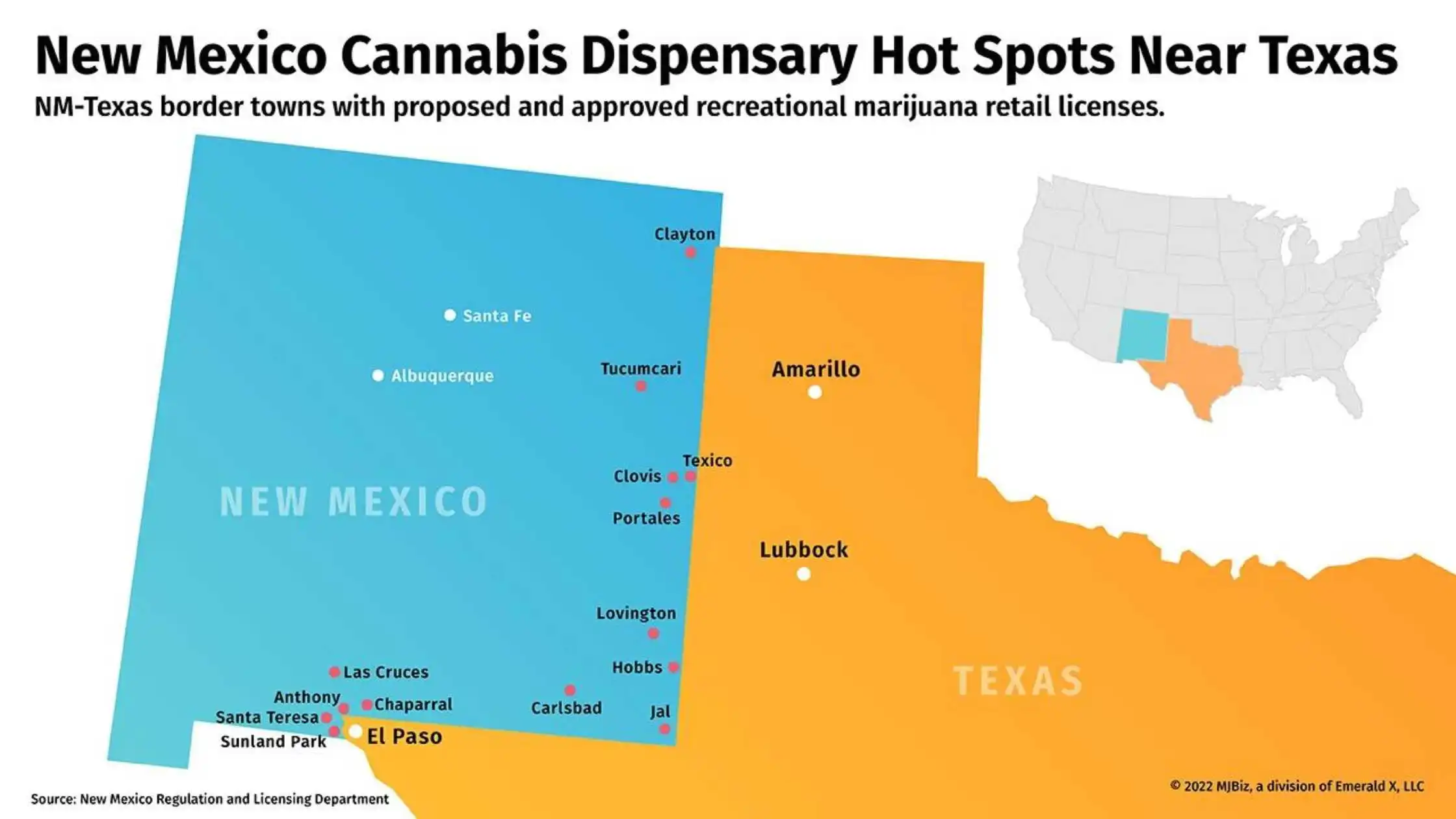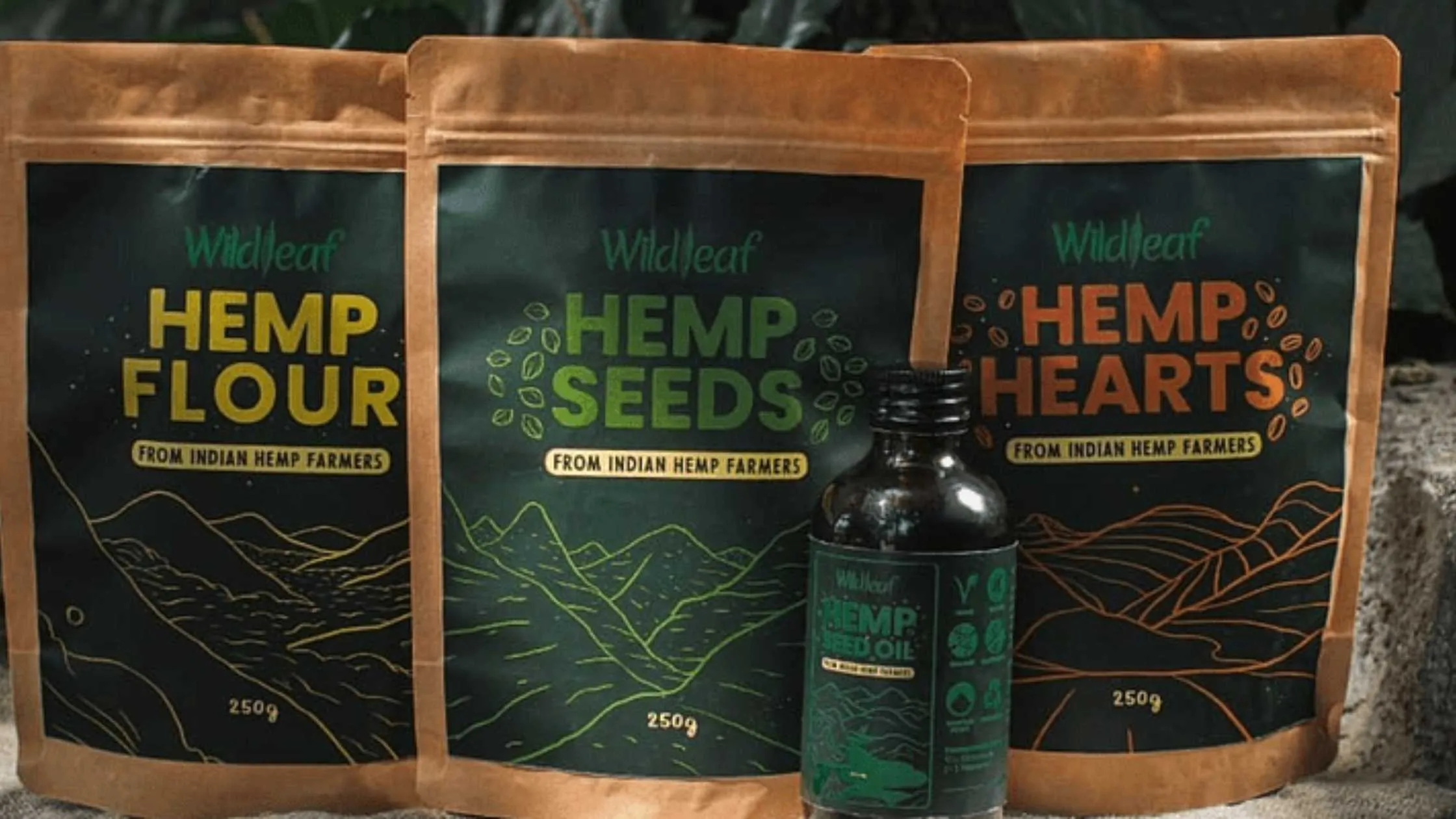(Editor’s note: This story is part of a recurring series of commentaries from cannabis industry professionals. Sandra Abi-Rashed is the vice president of client services at Boston-based marketing technology company Digilant.)
According to the MJBizFactbook, the market for legal cannabis in the U.S. is expected to surge in the coming years, reaching more than $40 billion annually by 2025. This Will create considerable opportunities to educate consumers on its benefits and create brands that eventually rival those found in the traditional consumer packaged goods (CPG) space.
Getting to that mass-market cannabis future requires that brands and marketers navigate a highly regulated industry today while also identifying and targeting emerging audience segments just as likely to include suburban moms and well-to-do urban professionals as the traditional “stoner” persona.
Marketers will have to be cognizant, at least in the short term, of how they engage potential new consumers, as the lingering stigma surrounding cannabis after decades of anti-drug messaging could make some leery of aggressive messaging for cannabis, CBD and related products.
But given the pressure on lawmakers to relax the restrictions on its usage and reap the rewards of taxing cannabis sales, marketers can be pretty confident that sooner rather than later, the average American consumer won’t be viewing cannabis brands any differently from other lifestyle categories.
Marketers can then focus primarily on the brand journey and determine how best to seize opportunities to educate their target audience on how cannabis fits into their lifestyle and the specific benefits these products can provide.
Well, it is on its way.
Cannabis is already joining CPG categories across the board, requiring a consumer-centric approach rather than a channel-centric one.
That focus on the consumer will be the driving force behind how cannabis brands can identify their ideal consumer, what step of the journey the consumer is on, and how they can reach them.
Using an ethnographic approach to better identify and understand the modern marijuana consumer will allow marketers to integrate cannabis brands into the interests, attitudes, and lifestyles of rapidly evolving audience segments.
This methodology requires different messaging and creatives to engage the various personas found among cannabis customers:
- The connoisseur who is knowledgeable and loyal to premium brands.
- The experimental person likes to discover new strains and products.
- The mainstream reviews it as a way to relax at the day’s end.
- The patient consumes cannabis as a form of medicine.
These groups are likely to have different media affinities, with some more open to the recommendations of friends, acquaintances or even their favourite social influencers or celebrities.
Some segments will also have different ideas about how and where cannabis should be consumed, with some groups eager to research different strains in brick-and-mortar locations and via influencers. In contrast, others will be more comfortable researching and consuming products in the privacy of their homes.
Understanding these touch points – as well as the broad interests inherent in these various personas and how cannabis fits into their lifestyles – will enable better targeting and more tailored messaging that optimizes marketing spending while maximizing the customer experience.
Historical comparisons
The most common comparison for how the cannabis industry could emerge going forward is to look back 90 years to the end of prohibition and the subsequent growth of beer, wine and spirit brands.
However, a better road map for cannabis brand growth might be found in the high-end coffee category.
Once consumers decided that they were willing to invest in learning all they could about coffee and paying a premium to get exactly the experience they wanted, both retailers and CPG coffee brands could rush in to engage that increasingly discerning audience.
As high-end coffee consumers are motivated by brand characteristics such as heritage, product origins, ethical sourcing, and roasts, so are emerging cannabis personas.
A similar path is likely in store for cannabis. The key will be finding new ways to educate consumers on specific strains and delivery methods, such as vapes and edibles, origin stories, strains, sustainable/organic production methods, and other brand attributes.
Cannabis marketers are starting to leverage traditional tactics such as line extensions, celebrity spokespeople, sponsorships and partnerships with established brands from other lifestyle and CPG categories – including Constellation Brands, Diageo and Mondelez, to name a few – to build a robust narrative behind their products.
Traditional tactics
Cannabis brands are currently in the eye of the storm – an industry that is going from being prohibited to being highly regulated and from being stigmatized to becoming a source of wellness, health and relaxation.
For cannabis brands that aren’t waiting for the floodgates to open to start building their marketing strategy, the present is all about getting a solid grasp on whom they should be going after.
Opt-in programs that entice consumer sign-ups by offering value-adds such as educational and entertainment content and promotions can generate that solid first-party foundation of declarative and transactional data tied to actual people.
They also give marketers the actionable intelligence they need as the cannabis industry goes mainstream in the coming years.
Cannabis will continue to be a very high-margin product for the foreseeable future, putting a premium on brands to find and nurture as many long-term loyal customers as possible.
But that doesn’t mean cannabis advertisers should be spending wildly now and painting with a broad brush in an attempt to buy awareness and market share.
The bottom line – when it comes to marketing cannabis – is flexibility in strategy and staying in step with the rapidly evolving consumer.
Smart cannabis marketing will feature plenty of trials and results-driven testing to determine how its audience wants to engage with brands. Then, it will leverage those insights to effectively differentiate itself from its many competitors.
The good news is that consumers are ripe for engagement from cannabis brands regardless of their stage of the journey.
Now, all that is needed is for marketers to pin down high-opportunity audiences using data that goes beyond demographics and includes narrowed-down interests, preferences, consumption habits, and more.
Disclaimer: https://mjbizdaily.com/how-cannabis-brands-can-cultivate-engaged-consumers





